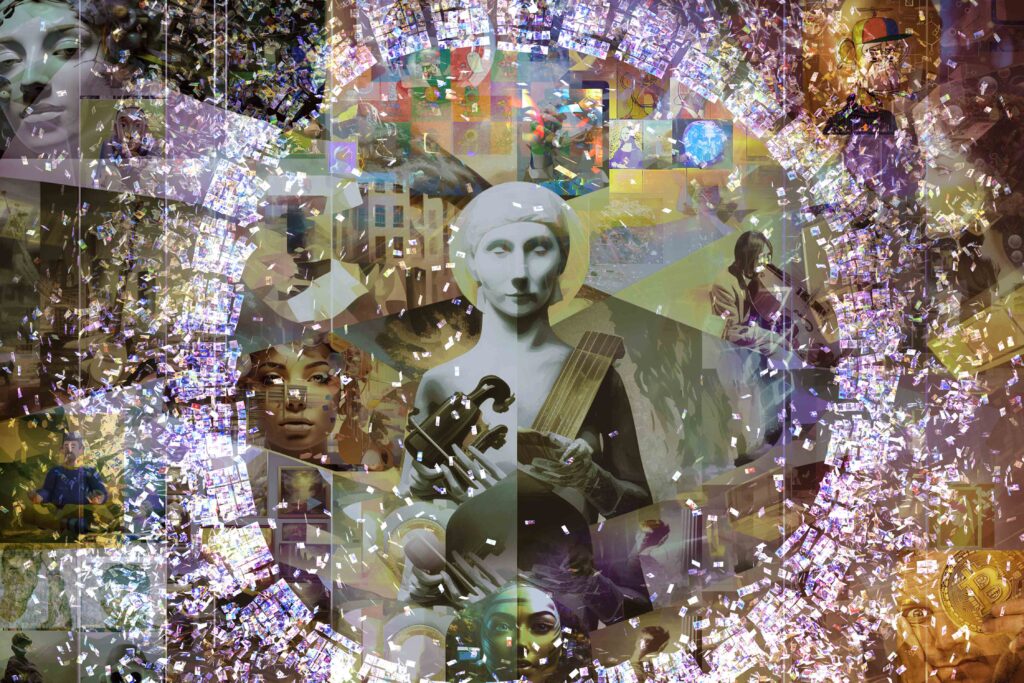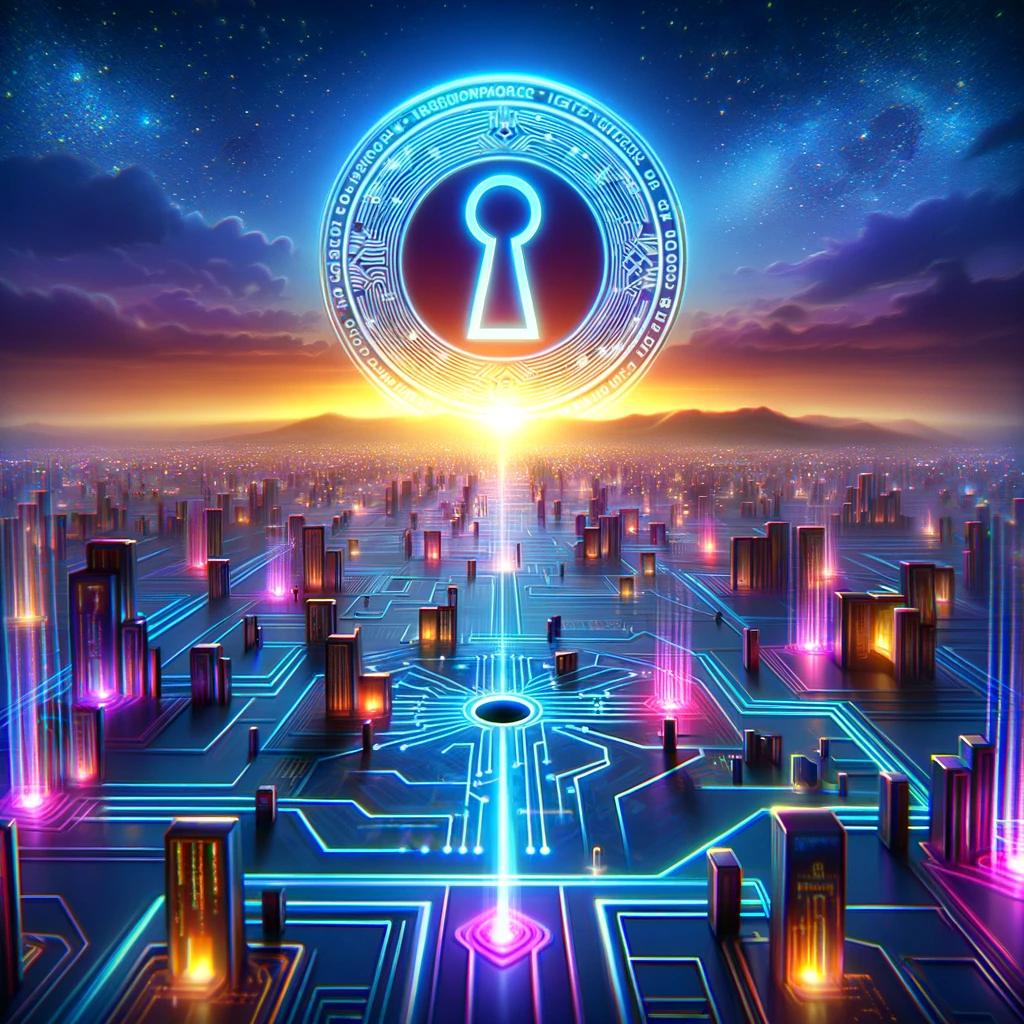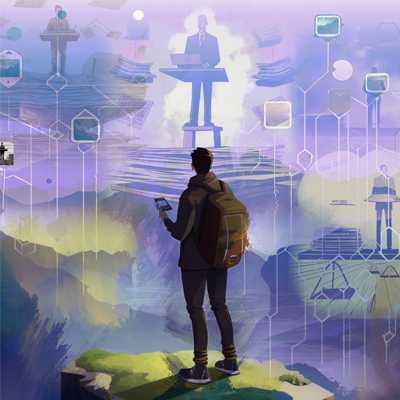Digital Title Deeds: Ownership for a Virtual Generation or Commodified Engagement?
Sep. 01, 2023. 6 min. read.
8 Interactions
NFTs, once ridiculed 'million dollar jpegs,' sparked a crypto frenzy. Has speculation gone mad? Amid gains and losses, NFTs unveil digital ownership's potential in a cyberized future
NFTs are, by now, old news. No single aspect of crypto has been more derided than the ‘million dollar jpegs’ which headlined the last crypto bullrun. Around coffee tables, bars, and Discords all over the world, snide remarks about the utter insanity of the modern market reigned supreme. To many, the idea that a duplicable image of an Ape could set you up for life was cause for bemusement, anger, and not the least bit of jealousy.
Has this modern speculative capitalism gone mad? Was it the outrageous excess of the crypto-minted tech bros’ 1% indulging themselves in the new ‘roaring 20s’ of the 21st century amid a backdrop of pandemic and war? Or was someone, somewhere, actually on to something: that the dizzying prices and speculative excess was a harbinger of a newly consecrated form of online ownership and digital demesnes that would lead to a new concept of cyberspace.
The answer, of course, is that all three are true. Though the positive narrative has, to date, almost been entirely sunk by the precipitous, and in some cases hilarious, losses that early NFT ‘investors’ suffered. All gold rushes bring charlatans, and nowhere was this more acute in the insane pell mell towards the jackpot that occurred as literally anyone with a few thousands dollars and a basic concept of programming, blockchain or otherwise, could spin up a brand new NFT collection, promising insane gains, ambitious roadmaps, and eternal friendship among the community. The barrier to entry was near-zero, and the market was hungry for every new ape collection that rolled off the bedroom CEO production line. A lot of people – mainly the young – made a lot of money.
Everyone else lost everything. Very few projects ever grew beyond the initial launch. Leaders collected the minting fees and promptly stopped working, realising perhaps innocently, perhaps not, that the roadmaps they had set out would be difficult even for Apple to execute in the timeframes spoken about. Discords turned feral as thousands of users realised a 14 year old, perfectly innocently, had sold them a few pictures of whales to test his skills with Rust, with zero plans to do anything else for the project. It was just a hobby to make a few dollars.

Yet even without a roadmap, communities wrote one in their heads. This was going to be the latest craze, the keys to a better virtual future where whale-owners would walk tall in the new halls of cyberspace, a chance to pay off the mortgage. How dare this 14 year old kid rob us of that future they’d already dreamed they were in. Scammer, I can doxx you! I know where you live!
How did this happen? What is it about those jpeg apes that so seized the cultural imagination? Yes, there were an incredible amount of push factors – Covid, quantitative easing, stimulus, lockdown, BTC’s massive gains creating crypto-related mania. But there must have been more – what was the pull?
First, they’re not jpegs. The picture associated with an NFT is not truly the NFT itself. An NFT is a token created (‘minted’) by a smart contract that has certain information on it (like pointing to a webhost hosting a jpeg), is completely unique (even if duplicates are made, each NFT would still a specific blockchain signature), and has an owner ascribed to it (usually the person sending tokens to the smart contract to make it execute its creation function. The NFT’s information, the transaction that created it, and the current ownership is all publicly visible, irrefutable, and benefits its blockchain’s security, making fraud impossible without breaking the network entirely.
This means that we’d finally figured out a way to record digital ownership, and thus digital items, which due to their reproducibility had very little worth, but could suddenly have a lot. It started with art, but games quickly realised they could consecrate ownership over their in-game assets to players, creating cooperative gaming experiences. Ownership of the first digital ‘printing’ of your favourite artist’s new album having kudos. The ability for vibrant secondary economies to spring up around their favourite talent as users could trade NFTs with one another, or sell them. NFTs created a whole new economy to be exploited where there was none before. And boy, was it exploited. Influencers, artists, and anyone with a following could create new engagement models using NFTs, with bespoke experiences attached. At time of writing, Cristiano Ronaldo’s instagram bio asks his 600m followers to join him on his NFT journey, and bid for NFTs in open auction for a chance to meet the man himself.
What’s wrong with a ticket though? Just tell me why an ape picture is worth millions. Well, the reason is, as with so many new technologies, is the possibilities. Bitcoin, Ethereum, Solana, Cosmos – whichever – blockchains by their nature are designed to be permanent, digitally-native operating systems for our future. An NFT bought in 2017 will keep its functionality for eternity. It can’t be erased from the blockchain, or from time.
That means that should, in the future, a new business, say, declare that the only way to buy the first release of their hot new product is by owning said NFT, it would be easy for them to borrow the operation security of the blockchain and create instant exclusive access to whatever ‘club’ of people they those at near-zero outreach cost. Membership of said clubs would be powerful, digital cartels impossible to access except through the NFT and the key it provides. Or a blockchain game grows and develops a powerful online community over a decade. The first NFTs of in-game assets would be priceless, and nothing would stop developers engineering new functionality for them over time. Only a fool would suggest that we are not becoming ever more cyberised as history advances, so why wouldn’t the first digital artefacts – the first time we can truly declare failsafe ownership of a digital asset – have value?
As alluded to, all of that is decades hence. NFTs have been mooted for use in retail, supply chains, schools but, as ever, the integrative technology to make that happen and make it useful has a long way to go. Those most in the know are too busy getting rich, or at least were, to truly focus on advancing NFTs as a useful digital technology. Now, as almost every project suffers on the wind-down from mania, perhaps it’s time to take stock of what digital ownership could truly give us. As a blaze of stimuli, images, and simulacra race past us in virtual headsets, NFTs just give us something to hold on to.
Let us know your thoughts! Sign up for a Mindplex account now, join our Telegram, or follow us on Twitter.

.png)

.png)


.png)






1 Comments
One thought on “Digital Title Deeds: Ownership for a Virtual Generation or Commodified Engagement?”
A timestamped proof of X. Collective informational power of such Xs in societies will be revealed by the future 🔥
🟨 😴 😡 ❌ 🤮 💩